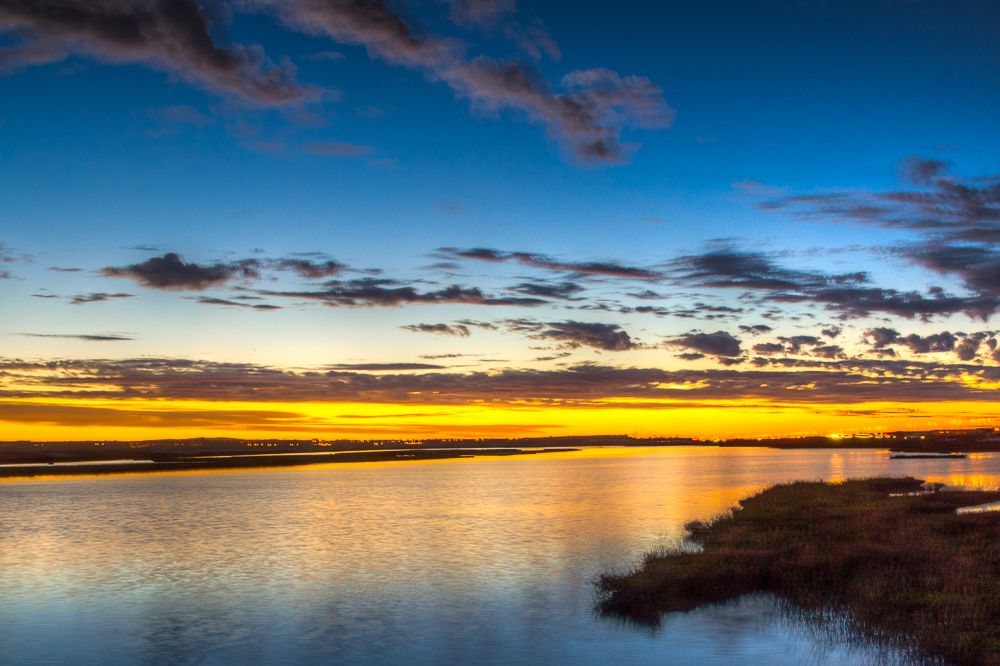Ecosystem
Wetlands are one of the most productive ecosystems on the planet! They support large numbers of plants and animals, and are highly dynamic.
With several plant communities, and its uses as a rest stop for migratory birds, nursery for marine life, and haven for rare and endangered species, the wetlands abound with a multitude of wildlife!
What is a Wetland?
A wetland is an area where water persists for the majority of the year, or in other words, really wet land! Wetlands are found all over the world! They may be composed of fresh water and be found where there are glaciers, rivers, or lakes. They may be composed mainly of salt water where water enters through a bay or underwater infusion. Or they may have a combination of salt water and fresh water (we call this brackish water) where a river and an ocean meet (this is called an estuary). Wetlands have many names that have resulted both from the regions that they are found in, as well as the type of vegetation found in them: slough, bayou, swamp, bog, mire, quagmire, muskeg, fin, moor, oasis, wet meadow or marsh. A swamp is a wetland with lots of trees, a bog is a wetland that is very acidic with sphagnum moss that decays very slowly, and a marsh is a wetland with many tall grasses.
Bolsa Chica is considered a salt marsh with estuarine conditions that occur seasonally. Year round, salt water enters the wetlands through Anaheim Bay in Seal Beach as well as a tidal inlet near the south end of the reserve (just north of Seapoint Avenue along PCH). During the rainy season, however, fresh water flows into the wetlands from the Wintersburg Flood Control Channel which creates brackish conditions typical of an estuary.
Loss of Wetlands and Resulting Impacts
When a wetland is filled in and built upon, the resulting impacts can be devastating. As Southern California’s coastal wetlands were filled in and developed, one resulting impact was flooding in many areas. A solution for this problem was to channelize many of the rivers and streams. These channels are successful for preventing floods, however much of the water that flows into them and out to the ocean is not treated. Alarming amounts of trash and toxins flow from these flood control systems out to our oceans harming and potentially killing marine life.
At Bolsa Chica, storm water and urban runoff enter the wetlands through the Wintersburg Channel. The Channel begins in Anaheim and flows through parts of Garden Grove, Orange, Santa Ana, Fountain Valley, and Huntington Beach. This means that anything that enters a storm drain connected to this channel winds up at Bolsa Chica. During winter storms, a rush of water enters the wetlands bringing with it trash and pollutants. Some of the trash that enters the wetlands includes sofas, mattresses, shopping carts, balls, spray paint cans, styrofoam, plastics and cigarette butts.



